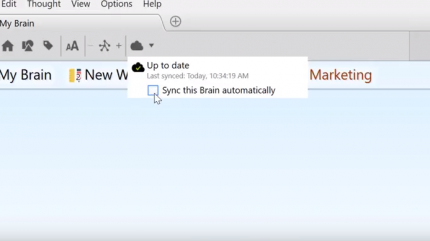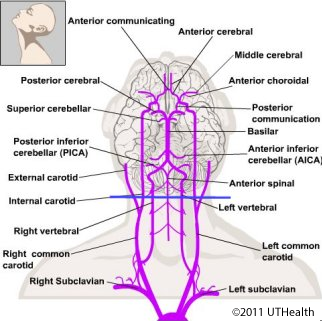

In contrast, CBD alone did not provide protection in rats lesioned with malonate. In rats lesioned with 3-nitropropionic acid, a toxin inhibitor of the mitochondrial citric acid cycle resulting in a progressive locomotor deterioration resembling that of HD patients, CBD reduces rat striatal atrophy in a manner independent of the activation of cannabinoid adenosine A2A receptors. It attenuates PD-related dystonia, but not tremor, in agreement with a positive correlation between CBD levels measured in the putamen/globus pallidus of recreational users of cannabis. The cited research will include examples of clinical benefits of CBD alone and in combination with Δ9-THC.ĬBD is effective in an experimental model of Parkinsonism (6-hydroxydopamine-lesioned rats) by acting through antioxidant mechanisms independently of cannabinoid receptors. The remaining sections will focus on the ECS and the effects of the phytocannabinoids, CBD and Δ9-THC, on neuroinflammation, neuroprotection, and their potential use in the treatment of specific neurological disorders including trauma involving the CNS. Research into ECS's role in the stress response has revealed a significant influence on the hypothalamic–pituitary–adrenal axis, the control of reproduction by modifying gonadotropin release, fertility, and sexual behavior. The roles of endogenous cannabinoid, phytocannabinoids, and synthetic pharmacological agents acting on the various elements of the ECS have a potential to affect a wide range of pathologies, including food intake disorders, chronic pain, emesis, insomnia, glaucoma, gliomas, involuntary motor disorders, stroke, and psychiatric conditions such as depression, autism, and schizophrenia. Research on the ECS is fervently ongoing with wide-ranging discoveries. In patient studies with chronic pain and neuropathic pain, the use of marijuana or cannabinoid extracts produced positive and improved symptoms. Δ9-THC, which targets CB1 receptors, has been shown to reduce nociception in animal models of acute, visceral, inflammatory, and chronic pain.

These locations suggest CB1 receptor involvement in the modulation of memory, emotion, pain, and movement. Very few CB1 receptors are found in the brainstem. The hippocampus, particularly within the dentate gyrus, and cerebellum also have higher CB1 receptor densities. CB1 receptors have the highest densities on the outflow nuclei of the basal ganglia, substantia nigra pars reticulata (SNr), and the internal and external segments of the globus pallidus (a portion of the brain that regulates voluntary movement). The various psychoactive effects generally associated with Δ9-THC are attributed to activation of the CB1 cannabinoid receptor found abundantly in the brain. CBD does not elicit the same psychoactive effects as seen with Δ9-THC (i.e., users of CBD do not feel euphoric). Phytocannabinoid compounds and extracts can come from both hemp and marijuana subspecies, including CBD. In addition, the ECS is known to influence neuroplasticity, apoptosis, excitotoxicity, neuroinflammation, and cerebrovascular breakdown associated with stroke and trauma.

Manipulations of endocannabinoid degradative enzymes, CB1 and CB2 receptors, and their endogenous ligands have shown promise in modulating numerous processes associated with neurodegenerative diseases, cancer, epilepsy, and traumatic brain injury. Both phytocannabinoids and endogenous cannabinoids function as retrograde messengers that provide feedback inhibition of both excitatory and inhibitory transmission in brain through the activation of presynaptic CB1 receptors. CB1 and CB2 receptors can also co-exist in a variety of concentrations in the same locations. The ECS consists of two major types of endogenous G protein-coupled cannabinoid receptors (CB1 and CB2) located in the mammalian brain and throughout the central and peripheral nervous systems, including tissues associated with the immune system. Shortly thereafter, the endogenous cannabinoids, N-arachidonoylethanolamine (anandamide) and 2-arachidonoylglycerol (2-AG), were identified. The discovery in the early 1990s of specific membrane receptors for Δ9-THC led to the identification of endogenous signaling system, now known as the endocannabinoid system (ECS). Cannabinoid receptor pharmacology began in the late 1960s when Δ9-THC was isolated and synthesized and found to be the primary psychoactive constituent of marijuana.


 0 kommentar(er)
0 kommentar(er)
